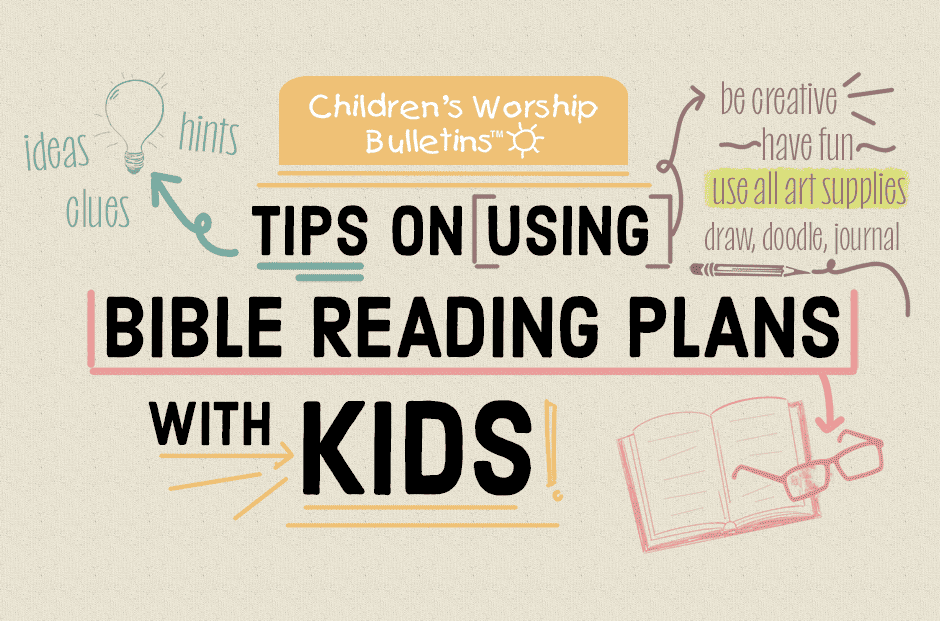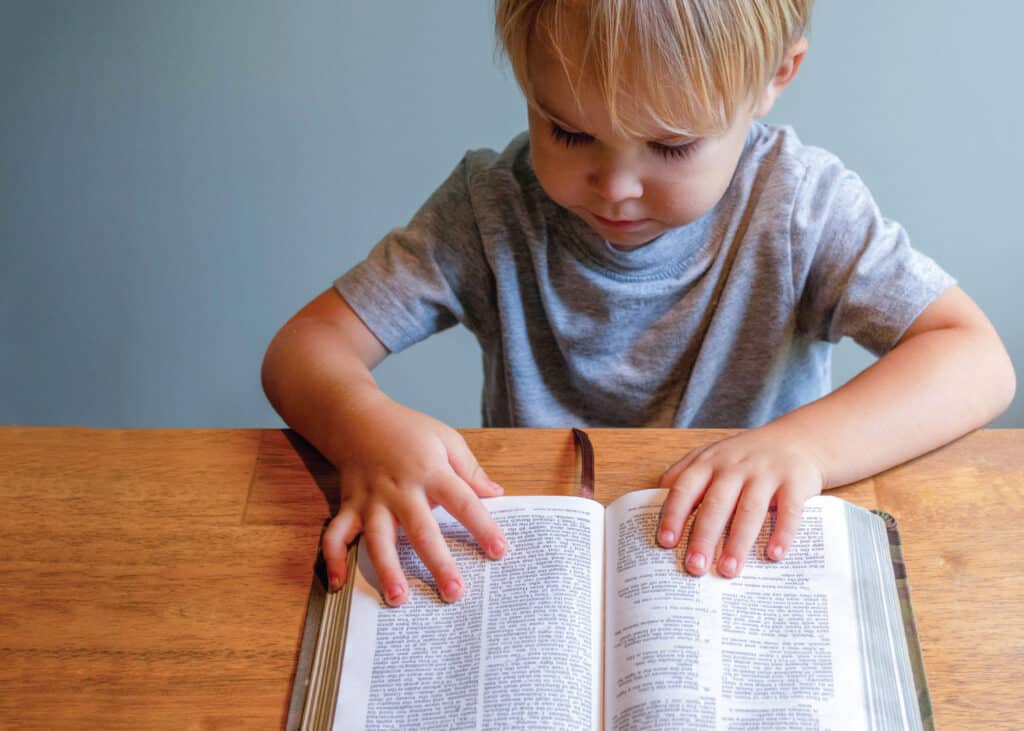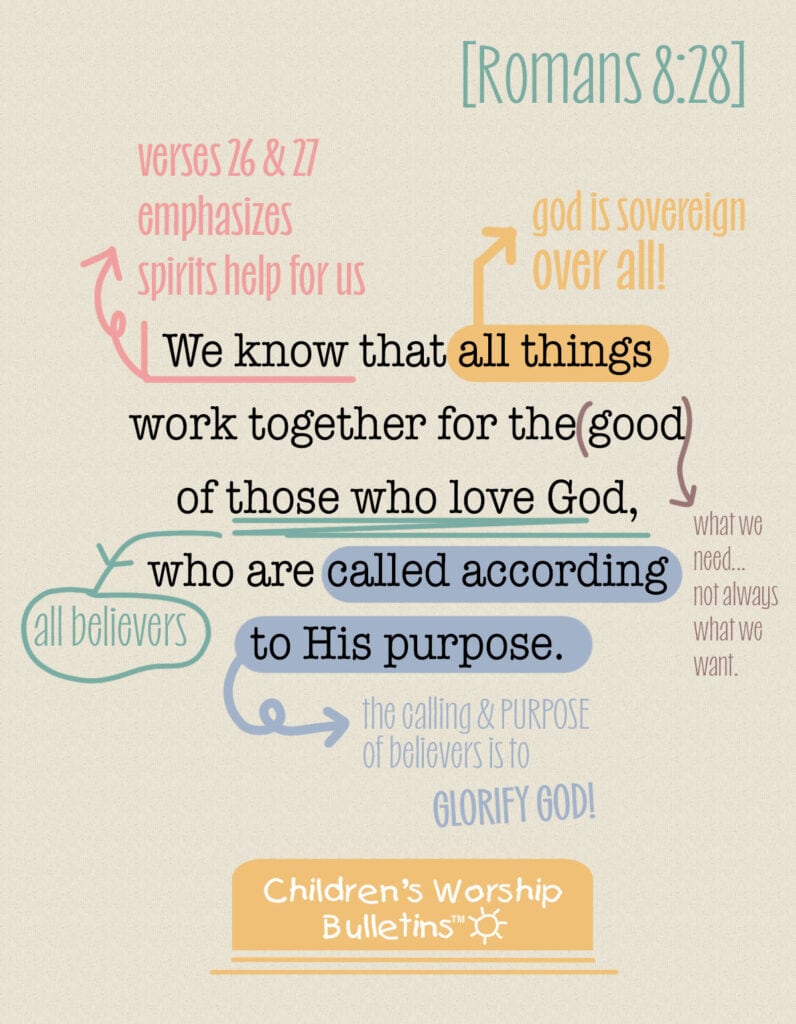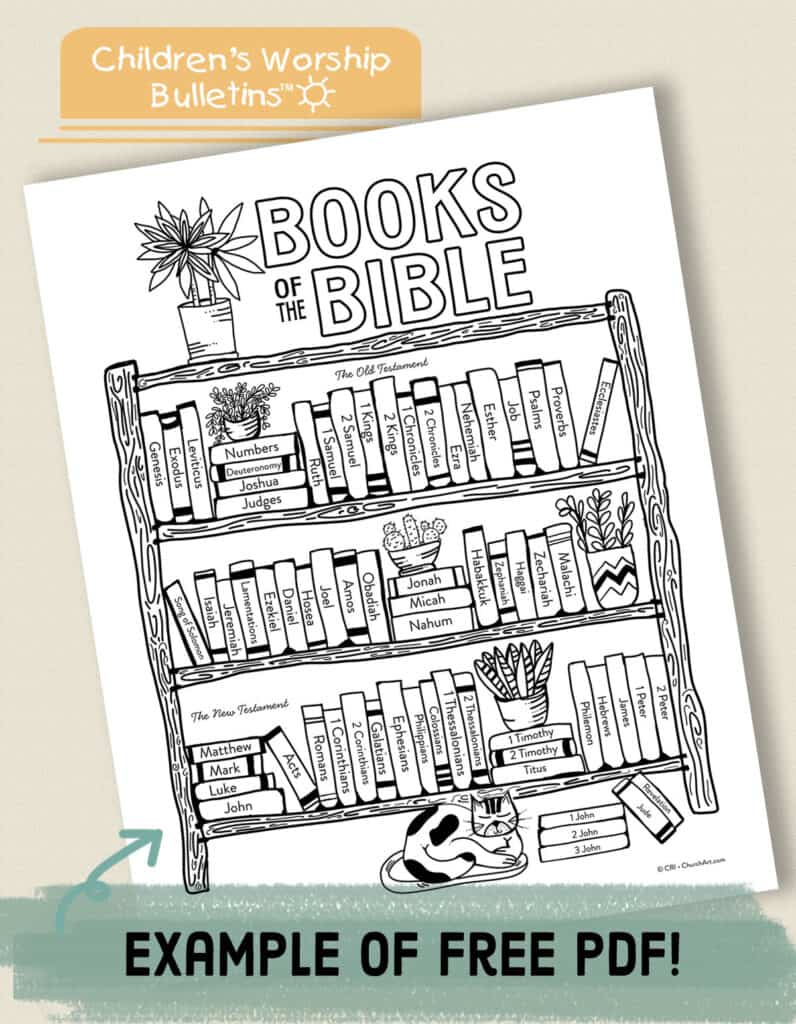Tips for Using Bible Reading Plans with Kids & Young Teens

(Plus, a Free Books of the Bible Coloring Page!)
We all know the importance of staying in God’s Word daily to help strengthen our minds and hearts in the Word of God. But parents and teachers alike also know the struggle it can be to keep up with our own goals when it comes to daily Bible readings.
But don’t be discouraged before you even begin! Here are helpful tips for using Bible Reading Plans to make daily Scripture reading a fun, encouraging experience with your kids and young teens.
4 Tips for Using Reading Plans with Kids
Reading with young kids can be a struggle. That’s why we’ve developed 4 tips to help make your Bible reading goals a success! Keep in mind: With little children, focus more on creating the habit of daily Bible reading and learning the Bible story than on understanding the complexity of lessons.

1. Keep plans simple and achievable.
The best tip for beginning is to keep things simple and achievable from the start. Consider a goal of engaging in God’s Word 3 times a week to start, rather than every day, so you don’t immediately feel “behind.” For younger kids especially, stick to reading plans with abbreviated chapter readings or smaller sections of verses rather than a lengthy chapter or multiple chapters in a single day. If you have more time, you can always spend it memorizing portions of the reading, asking questions about what kids read or doing a craft or activity to engage with the topic.
2. Track your reading progress with interactive charts and coloring pages.
It’s always more fun to see how far you’ve come! Use an interactive chart, reading plan or even a separate coloring page. This can be as basic as a blank sheet of paper with squares to make a simple Bible reading chart for each day you plan to read that month. As you complete a day, color in a square.
3. Read as a family or group.
Although it’s ideal to build a routine, don’t let perfection get in the way. Don’t feel like you must always find time to sit quietly on the couch with your children, perfectly still at all times. Reading your verses over dinner or in the car works too, if that’s the only time your family is together! When with your larger family or in a group setting, try rotating reading a verse around. For younger children, read a few words out loud and then have the child repeat those lines after you. Let your kids ask questions like “Why?” and don’t be afraid to say, “I don’t know! Let’s write that down to see if we can find the answer later.”
4. Make reading Scripture an adventure.
You don’t have to go overboard with puppets and dress up but do try to make Bible-reading engaging and fun for your children! Consider buying special treats to enjoy while doing your Bible reading plan or set goals throughout the plan with fun rewards. The point is to ensure kids have a positive relationship with reading Scripture, not a negative one. So, whatever makes it fun for your family – do! One of my personal favorite memories as a kid was when we put on plays in our living room. We dressed up and acted out the daily readings as one of our parents read the passages. These memories helped me remember Bible stories long into adulthood.
4 Tips for Engaging in Bible Reading Plans with Preteens and Teens.
When encouraging your older children or young teens to begin a Bible reading journey, try a few of these tips to help them truly engage with the Scripture they’re reading. At this stage, it’s about helping kids interact with Scripture in a more powerful way that piques their own personal curiosity through Bible study and relationship with the Word.

1. Doodle or verse map through your reading plan.
One fun way to really engage with Scripture at this age is to Illustrate, doodle, or do verse mapping with a verse from your reading plan. Some teens might enjoy the process of drawing out what they hear or read, especially when it comes to visions, prophecies, or revelations. Doodling along the way gives your teen a chance to engage with the words on the page, rather than just read them. Another way to doodle is to break down words or phrases within a single verse. Breaking down the verse this way offers opportunities to look at the meaning of words, cross reference the words and look at other translations of the same verse.
Verse mapping is not just reading; it’s researching everything you can about the verse and launching into Bible study. To learn more about verse mapping, check out Verse Mapping 101: Guide for Breaking-Through-Barriers Scripture Study (thenivbible.com). If you choose to do a verse map or doodle, be sure to pick a Bible reading plan that’s simple but takes interacting with that Scripture to another level. (Or even use the same plan you’re using for your younger kids.)

2. Create keywords or phrases from your reading plan.
One wonderful aspect of Scripture is that you often hear “Bible echoes” throughout the Word. Bible Echoes are phrases or words that are repeated, reinforcing how wonderfully connected the Bible is. Look for these keywords or phrases and begin jotting down every verse that mentions this word or phrase. Keywords to consider are love, patience, it is/was good and light. Finding these keywords or phrases is a great Bible study tool for longer Bible reading plans (such as reading through the entire Bible in a year), which have a large amount of reading per day. It’s also a great way to connect Old Testament and New Testament readings. I can say from experience that watching young eyes light up after discovering a connection they’ve made is just as exciting for parents and teachers as it is for kids.
3. Try listening to Scripture!
Some older children, preteens and teenagers may struggle with reading and find audio listening an easier way to engage with Bible readings. Children and teens alike can then listen and doodle along the way if that’s how they learn best. Many Bible apps, such as BibleGateway Mobile App and YouVersion Bible App, are free and also have daily audio Bibles with many of the translations. Just look for a Bible version with the audio icon next to it. Then select the Scripture and hit play. These apps also have great Bible reading plans to explore.
4. Create fun ways to track progress.
When it comes to encouraging your older children or teenagers to do Bible Reading Plans, you never want them to interpret it as another “chore” they must do. You want to be their biggest cheerleader, not their biggest pressure of guilt or punishment. That doesn’t mean it can’t be fun to encourage older kids or help them see how far they’ve come in their own personal reading adventures! Celebrate teens along the way with fun methods to track their progress. One way to do that is to print a Bible Reading Tracker or coloring page on sticker paper they can put inside their Bible. Another way is to allow them to post a sticky note in your hallway with their favorite Scripture verse or verse(s) from the week. Or create a family journal where everyone enters verses they like as they come across them. These visual reminders remind your teen they’re achieving something great.
No matter how your family or church Sunday school, Awana or Wednesday night fellowship group chooses to engage in Kids’ Bible reading plans, be sure to take cues from your kids. Every day, children will have different energy and interest levels, so don’t be afraid to mix it up or adjust day by day. Keep the end goal in mind: engaging in regular Bible readings to begin the journey of growing children rooted in truth and faith.
Free Printable: Books of the Bible Coloring Page
Keep track of children’s Bible reading progress by using this Books of the Bible Coloring Page. Color in each book square as you journey through Scripture.

Download Free Bible Coloring Page PDF
This Books of the Bible free printable coloring sheet is a great way to track your children’s reading or Bible memorizing progress. Each book of the Bible is represented in a single book on the shelf. Books are in the correct order as you find them in your Bible.
Select a chapter or verse from each book of the Bible as a reading plan or memory verse. Once kids have read that Scripture or memorized that verse, color in the book of the Bible on the coloring sheet. Soon you’ll have a full colored-in library to display!
You can also use this sheet to memorize the order of the books of the Bible.
Check out these other resources to jumpstart your Bible-reading adventure.
When starting your Bible reading adventure, you may wonder, “What Bible should I use with my child?” and “What plan should I do?”
These are great questions!
Read more about selecting the Best Children’s Bibles for Any Age. This article breaks down our top 5 Bible recommendations, from fully illustrated Bibles for kids to study Bibles for preteens, teens or young adults.
Check out our Pinterest page for a few recommended printable Bible Reading Plans for kids. Or use our Free Bible reading plans.
Author Bio:
Kristen Greene
Kristen Greene is the Creative Director of Communication Resources, Inc. Being the daughter of a Publisher and active Church Leader, she grew up in the Church Publishing Industry. She has also been involved in multiple church roles and non-profit events – which makes solving real church and volunteer problems near and dear to her heart. Kristen enjoys camping with her husband and two small children, painting, and gardening.
